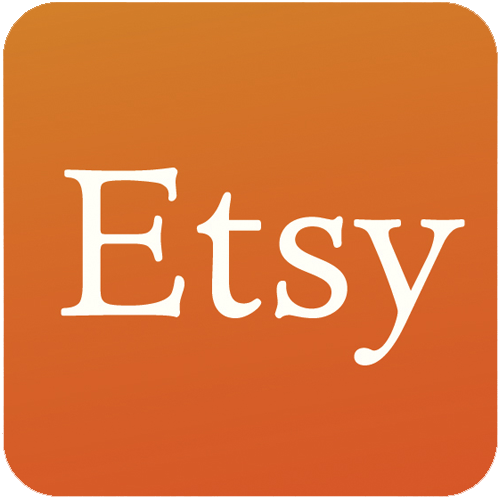Starting A Lighting Store and Growing To $35,000 Per Month
Hello! Who are you and what business did you start?
I’m Nick Griffiths. For 25 years I was a freelance journalist in London; now I run Any Old Vintage, selling vintage nautical and industrial lighting, online and from a shop by the sea in Cornwall, UK. You never quite know where life will take you!
We’re always on the hunt for quality lighting that’s a little different from the norm. Much of the good stuff is up to 70 years old and supplies are inevitably going to dry up. So we also created our own Revivals brand of lighting. When a light looks like it’s disappearing from circulation, we create our own version, with little twists.

Noticeably cheaper than the originals, these Revivals lights are very popular with both domestic and commercial customers on a budget. We also sell...

Download the report and join our email newsletter packed with business ideas and money-making opportunities, backed by real-life case studies.

Download the report and join our email newsletter packed with business ideas and money-making opportunities, backed by real-life case studies.

Download the report and join our email newsletter packed with business ideas and money-making opportunities, backed by real-life case studies.

Download the report and join our email newsletter packed with business ideas and money-making opportunities, backed by real-life case studies.

Download the report and join our email newsletter packed with business ideas and money-making opportunities, backed by real-life case studies.

Download the report and join our email newsletter packed with business ideas and money-making opportunities, backed by real-life case studies.

Download the report and join our email newsletter packed with business ideas and money-making opportunities, backed by real-life case studies.

Download the report and join our email newsletter packed with business ideas and money-making opportunities, backed by real-life case studies.






























